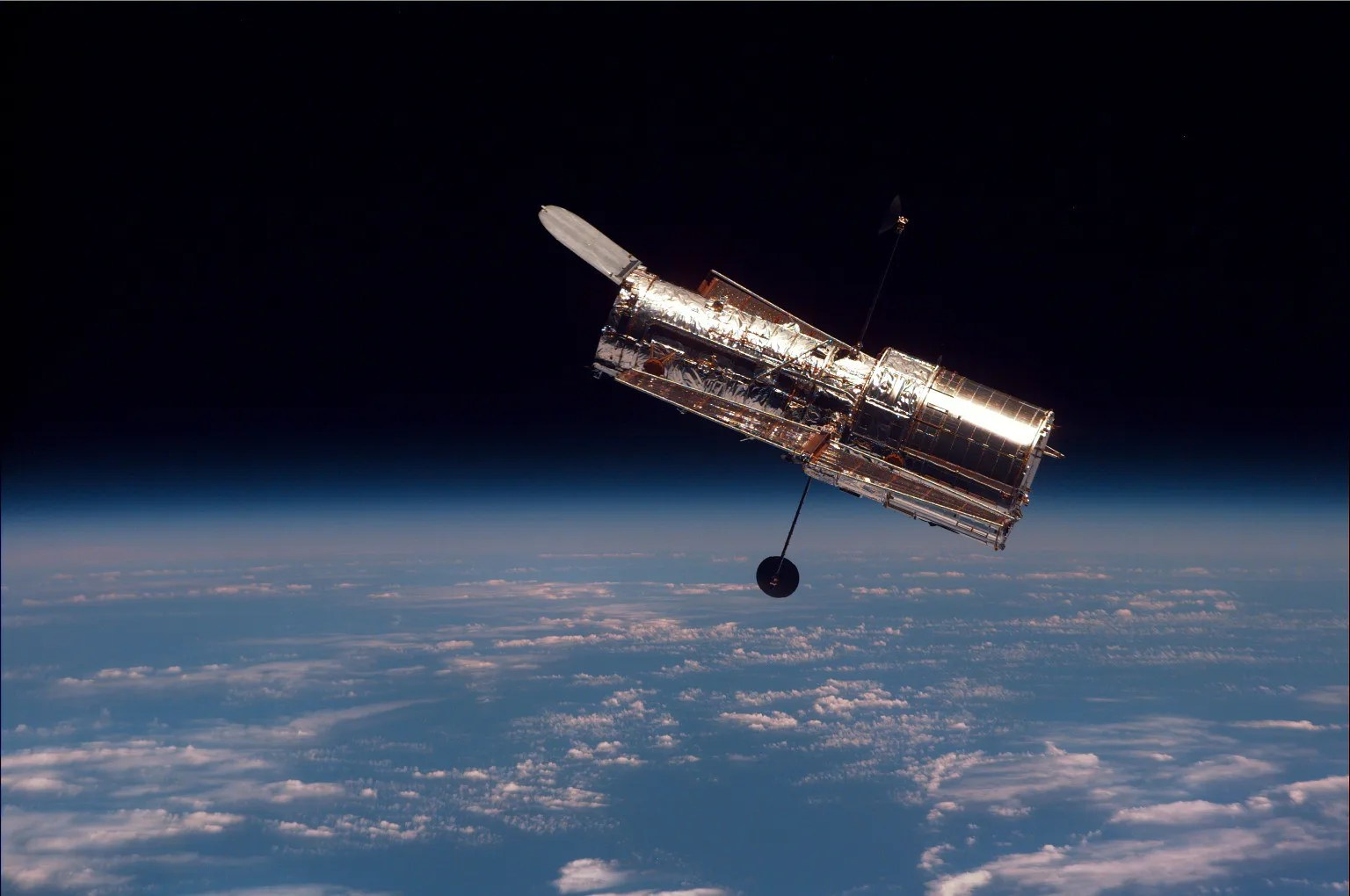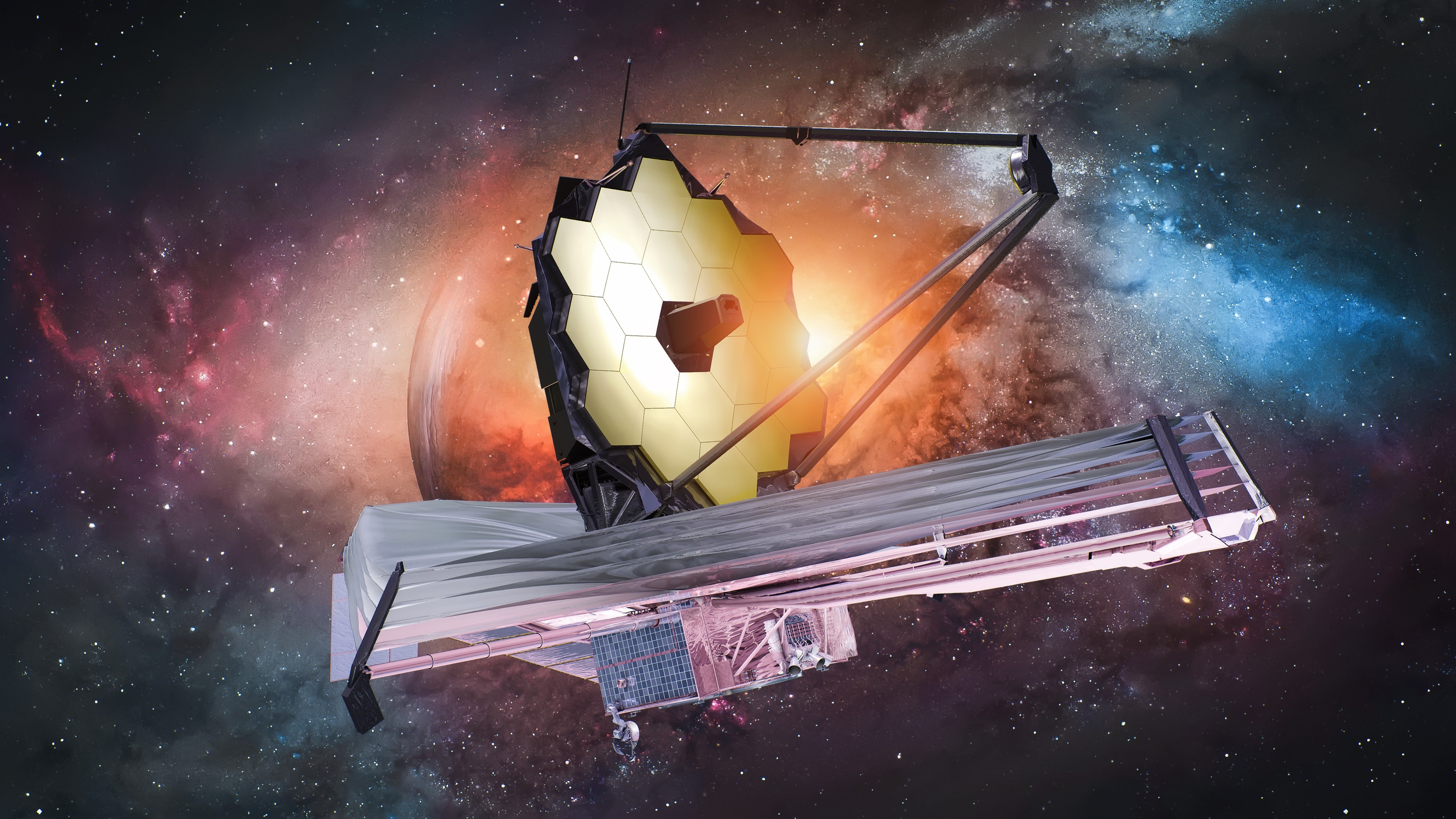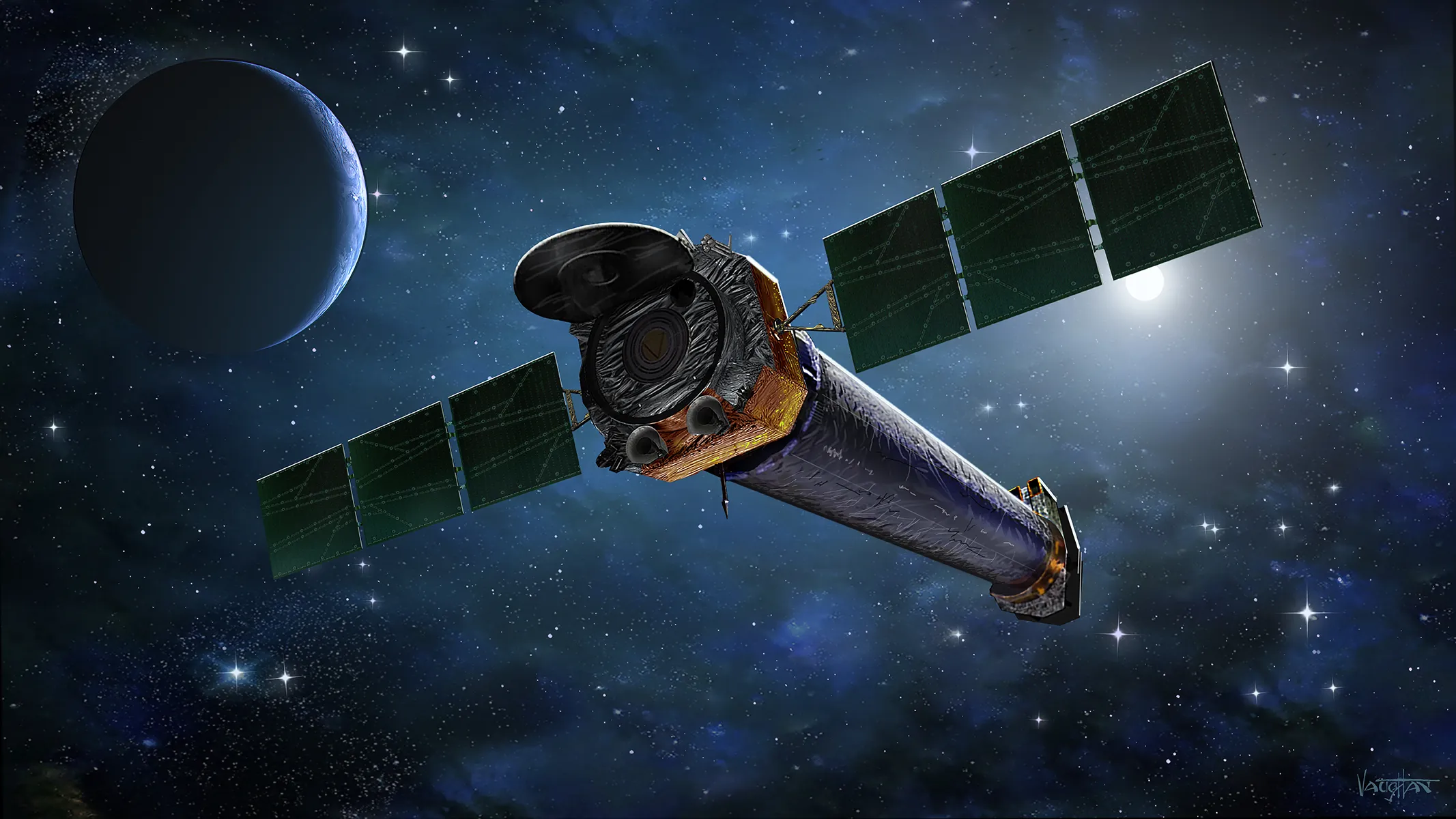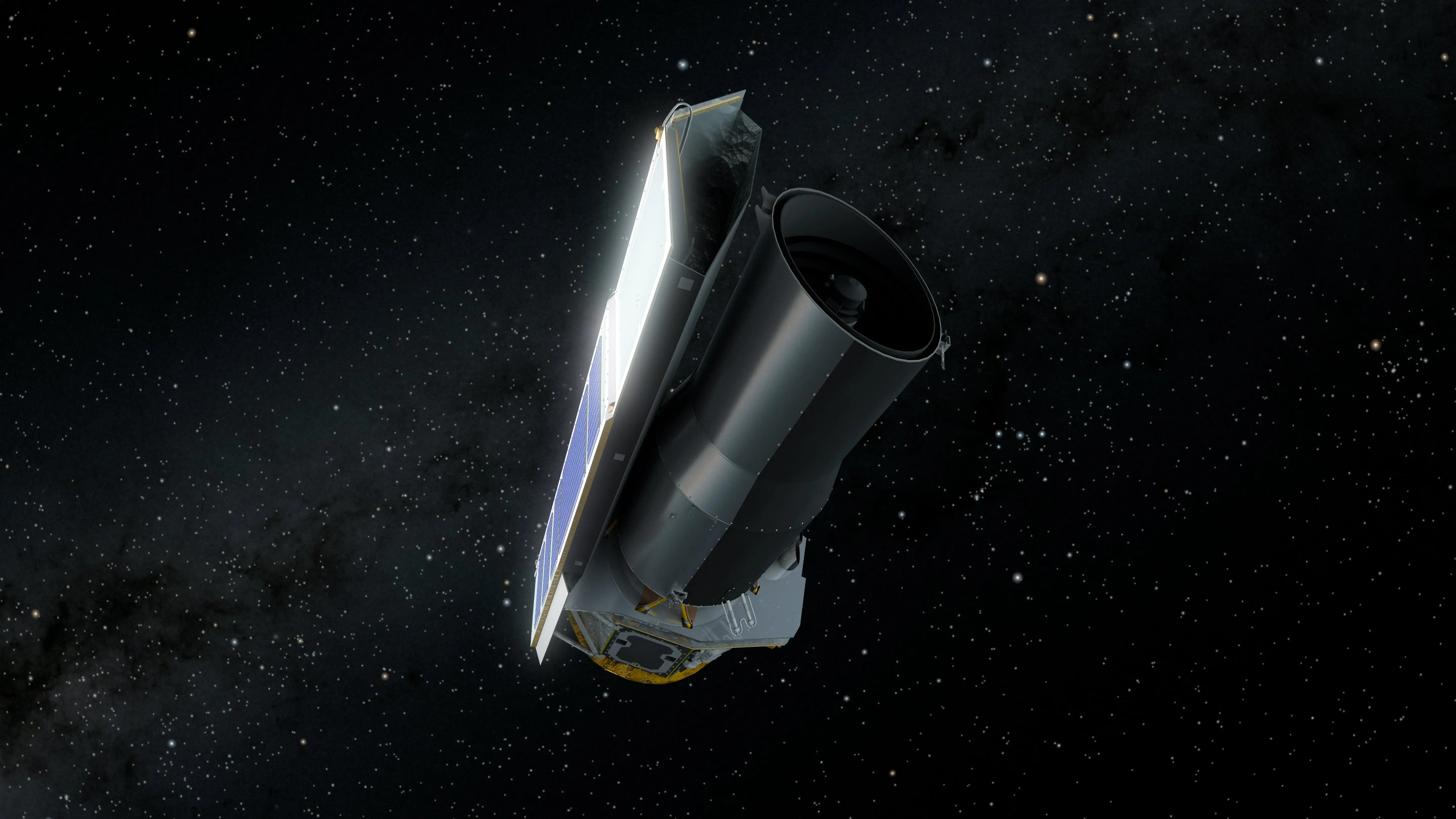
NASA
ESA
Active
Hubble Space Telescope
Launched: April 24, 1990
Overview
The Hubble Space Telescope has revolutionized astronomy since its launch in 1990. With its unobstructed view above Earth's atmosphere, Hubble has provided unprecedented clear images that have transformed our understanding of the cosmos and captured the imagination of the public worldwide.
Primary Objectives
- Study the formation of stars and planets
- Examine distant galaxies and their evolution
- Investigate black holes
- Observe the outer planets in our solar system
Notable Discoveries
- Helped determine the age of the universe (13.8 billion years)
- Discovered dark energy by observing distant supernovae
- Captured the Hubble Deep Field and Ultra Deep Field
- Observed the impact of Comet Shoemaker-Levy 9 on Jupiter
- Helped refine the Hubble constant (rate of universal expansion)
Technical Specifications
Size
13.2 m × 4.2 m
Weight
11,110 kg
Orbit
Low Earth Orbit, 540 km altitude
Mission Lifetime
30+ years (exceeded original plan)
Quick Facts
Wavelengths
Visible
Ultraviolet
Near-Infrared
Operating Agencies
NASA
ESA
Current Status
Active


